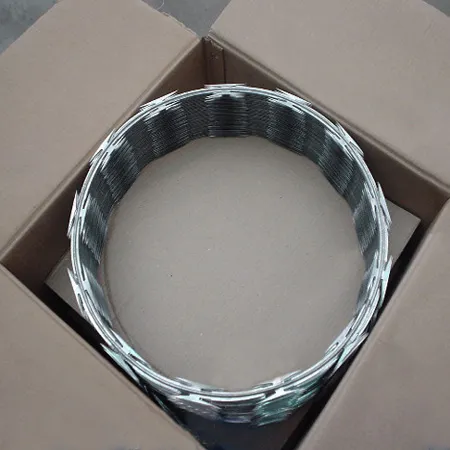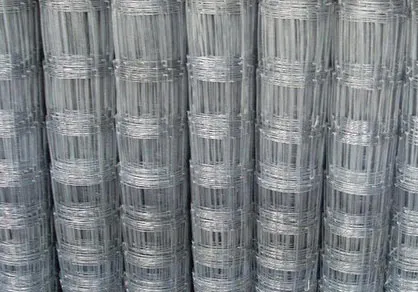

On the other hand, masonry screws are drilled into pre-drilled holes in the concrete wall. This method is more time-consuming but offers flexibility in adjusting the furring strips before they are fully secured. A hammer drill fitted with a masonry bit will make this task easier, ensuring that the holes are the correct diameter for the screws used. The choice between these methods depends on personal preference, available equipment, and the project's scale. However, both methods require accurate measurement and alignment to ensure that the furring strips are level across the entire wall surface. Using a long spirit level or a laser level helps achieve this precision. For added security and insulation, consider applying a vapor barrier between the furring strips and the concrete wall. This layer prevents moisture from seeping into the wood, which is particularly important in basements or exterior walls where humidity is higher. Lastly, ensure that all fasteners are evenly spaced and driven in at consistent depths. This attention to detail avoids stress on particular points of the furring strips, which can cause bowing or instability once the surface materials are attached. By combining the correct tools, materials, and techniques, attaching furring strips to concrete walls can be a straightforward process. This guide aims to bridge the gap between theory and practice, providing readers with the confidence to execute this task with precision and professionalism. With the added layer of furring strips, a concrete wall becomes a versatile foundation ready to support a variety of design finishes, transforming any space into a functional and aesthetically pleasing environment.

















